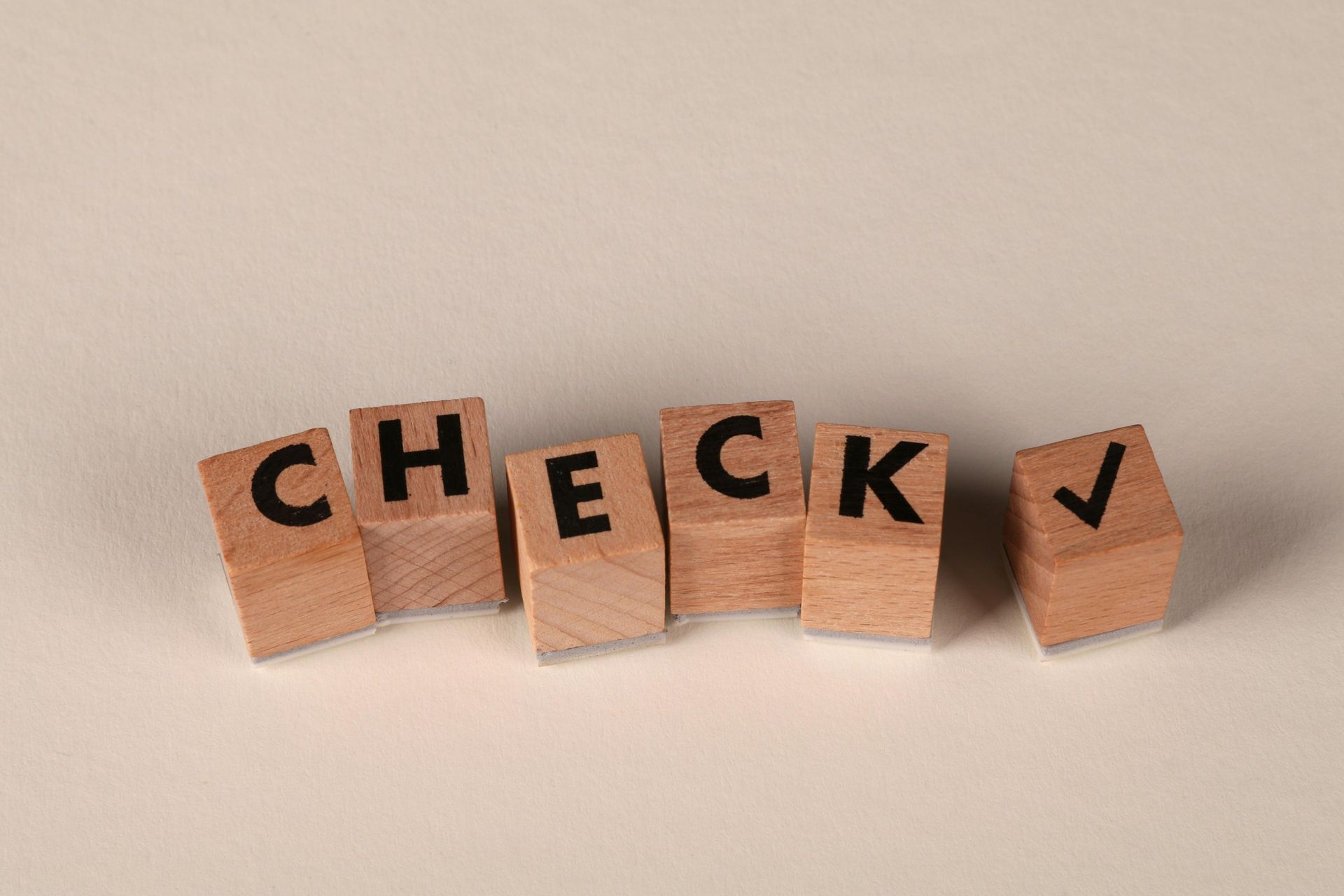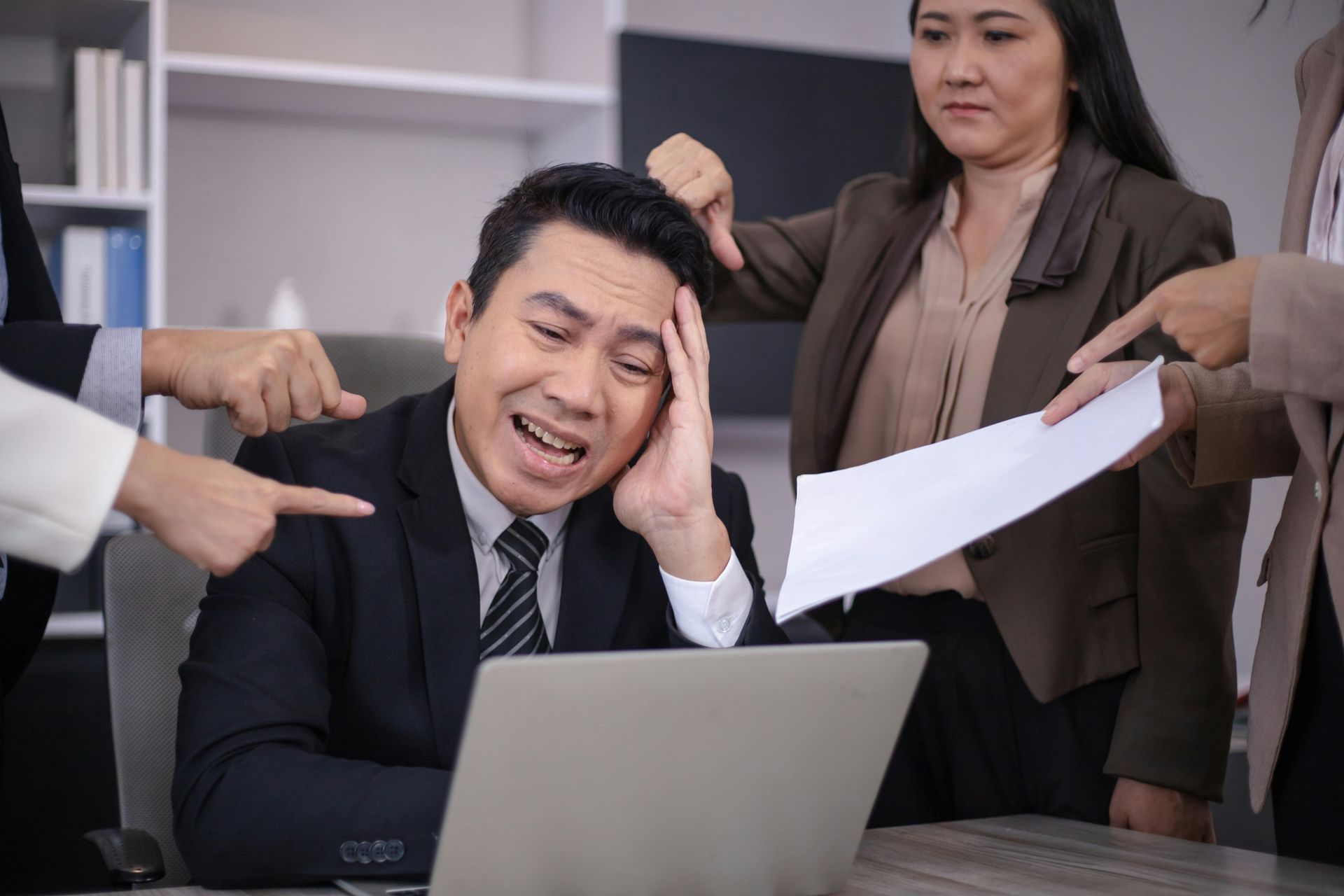Copyright and Translated Content: Who Owns the Creative Rights?
Understanding Copyright Law and Translation
Copyright law protects creative work and bestows sole authority over the work upon the creators. For example, the owner of the work of a novel has the right over the work under the concept of the right under the copyright. Courts have found that “the degree of protection afforded by the copyright is measured by what is actually copyrightable in the publication and not by the entire publication.” See, e.g., Dorsey v. Old Sur. Life Ins. Co., 98 F.2d 872, 873 (10th Cir. 1938) (emphasis added).
For translations, the situation is not very clear. Translations involve creative judgments over word translation and not the translation of mere words. Hence the knowledge about the applicability of the concept of the right over the work is essential for establishing the right over the work. For example, a Court in the Northern District of California stated that: “the determinative question is whether Plaintiff holds a valid copyright.” Signo Trading Intern. Ltd. v. Gordon, 535 F. Supp. 362, 363 (N.D. Cal. 1981). The Signo Trading Court dismissed Plaintiff’s infringement claims because plaintiff did not have a valid copyright as a matter of law in the translations and transliterations at issue because they lacked the “requisite originality.” Id. at 365.
Can Translation Be Considered a Creative Process?
- The Practice of Translating
Translation goes beyond the replacement of one word by the equivalent word from the source text. Translating literary work, poetry, and fiction with deeper meanings beyond the surface text is a complex, artistic process. Translating books like The Iliad, for instance, requires the practice of artistic translation to translate the emotions, thoughts, and the culture correctly.
- Technical Translations and Legal Translations
Conversely, technical writing and texts for the law need less creativity and instead value correctness over all else. These writing forms require strict adherence to the original sense, leaving very little room for artistic interpretation. Translations for these writing forms thus typically involve less creative contribution and less potential for the work being protected by copyright.
Why Is Creativity Important for Translations for Copyright?
- Originality when translating
For a work to be subject to copyright, some creativity, however slight, is essential. Even when the translation is taken from the work, the translation also includes some creative work by the translator. This creativity can make the translation subject to copyright. A derivative work must “recast, transform[], or adapt[]” a preexisting work and “consist[] of editorial revisions, annotations, elaborations, or other modifications which, as a whole, represent an original work of authorship.” Id. In other words, it must change or alter the pre-existing work’s content and must itself be an original work of authorship.
The Supreme Court stated that “[t]he sine qua non of copyright is originality” and that “[t]o qualify for copyright protection, a work must be original to the author.” Feist Publ’ns, Inc. v. Rural Tel. Serv. Co., Inc., 499 U.S. 340, 361 (1991) at 345. “Original, as the term is used in copyright, means only that the work was independently created by the author (as opposed to copied from other works), and that it possesses at least some minimal degree of creativity.” Id. (citing 1 M. Nimmer & D. Nimmer, Copyright §§ 2.01[A], [B] (1990)). In granting a Rule 12 motion to dismiss, the Signo Trading Court held that: "It is inconceivable that anyone could copyright a single word or a commonly used short phrase, in any language. It is also inconceivable that a valid copyright could be obtained for a phonetic spelling, using standard Roman letters, of such words or phrases. Although lists of words and translations of larger works may be copyrightable, Plaintiff cannot claim credit for any of the elements which make those things copyrightable. For these reasons, Plaintiff does not hold a valid copyright on the translations or transliterations ..." Signo Trading, 535 F. Supp. at 365.
- The Problem of the Derivative Work
However, translations are generally "derivative works" - derived from the work of another. Because of this, the owner or author of the work is generally required to agree to the translation. Translations made illegally can be held under the classification of copyright violations, even when the translator has added creative elements.
Who Has the Right over the Translated Work?
- Employer-Commissioned Translations
Ownership of the copyright for the translation work varies. If the translation is commissioned by the owner of the original work, the owner will retain the right. Even when the translator adds creativity by passing over the original emotions and thoughts, the owner will not necessarily lose the right over the translation work. In some circumstances, the translation work can be accredited by the translator without them holding the right over the work.
- Independent Translations
If a translation is performed independently by the translator, the translator can even be identified as the co-author of the translation. Nevertheless, the author typically has the underlying copyright, restricting the translator’s right over the work.
- Creative Translations from the Public Domain
In certain cases, a translation may be creative enough to warrant its own copyright. For example, a translator adapting a classic work or a book in the public domain into modern language may introduce enough originality to qualify for copyright protection. However, direct, word-for-word translations are typically not considered original enough to receive new copyright protection.
What About Machine Translations?
The Human Creativity Copyright Requirement
Machine-generated translations, including those produced by platforms like
OpenAI, operate through advanced algorithms that replicate language patterns rather than capture the human touch. Unlike translations crafted by human translators who often infuse cultural insight and genuine emotion into the work, OpenAI's output is rooted in statistical patterns and data. Consequently, while these translations are impressively efficient and accurate, they typically fall short of the originality required for copyright protection.
This distinction underscores the human creativity requirement needed to secure a valid copyright. Ultimately, although machine-generated translations serve as powerful tools, they do not offer the same legal and creative protections as those provided by human translators.
The Bottom Line: Navigating Copyright in Translations
Translations occupy the middle ground under the law of the copyright. Albeit the right of the original author generally has the right under the copyright, the right under the copyright can also be claimed by the translator provided the translation is creative enough. Central considerations here include the creativity the translator has added, the nature of the work being translated, and whether the work is under the public domain. These considerations establish the right of the owner under the copyright for the translation.
Why Wilson Whitaker Rynell for Your Copyright Work?
At Wilson Whitaker Rynell, our professional lawyers specialize in the practice of copyright law and copyright litigation, including the complex subject matter of translation work. We can provide you with advice about the ownership of your work under the provisions of the copyright, and protect your creative property. If you are the author, the publisher, or the translator, you can rely upon the advice from our firm.
Copyright Translation FAQS
Do I need the original author’s permission to translate a copyrighted work?
Yes. Since translations are typically considered derivative works, you must secure permission from the original copyright owner before creating or distributing a translation.
What legal criteria must a translation meet to qualify for its own copyright protection?
A translation must incorporate a measurable degree of creativity and originality—beyond a mere word-for-word conversion—to be eligible for copyright protection under the law.
What distinguishes a creative translation from a literal, non-copyrightable version?
A creative translation involves interpretative decisions that capture the style, nuance, and cultural context of the original work, whereas a literal translation simply substitutes words without adding any original expression.
What steps should I take if there’s a dispute over the copyright of a commissioned translation?
If you face a dispute, it’s essential to review your contractual agreements and document the creative contributions made during the translation process. Consulting a specialized copyright attorney can help clarify your rights and determine the best course of action.
How can Wilson Whitaker Rynell help protect my creative translation rights?
Our experienced legal team at Wilson Whitaker Rynell offers expert counsel on copyright law and translation disputes. We provide tailored legal strategies, comprehensive dispute resolution, and proactive advice to ensure that your creative contributions are fully protected.
Looking for Top IP Representation in the Dallas, Houston or Austin? Contact Wilson Whitaker Rynell!
At Wilson Legal Group, we are dedicated to providing exceptional legal services.
Need help with business litigation, resolving copyright disputes, or securing copyright, trademark and patent protection?
Our experienced attorneys are here to deliver results!
Contact Us or Call 972-248-8080 for a Free Consultation!


Have an idea for a blog? Click and request a blog and we will let you know when we post it!











